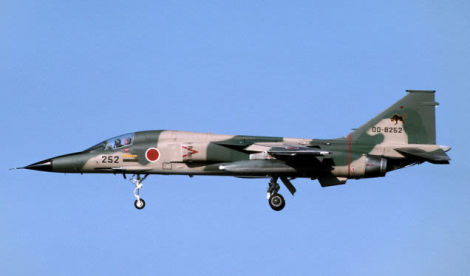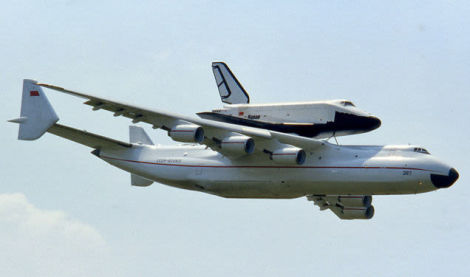Welcome to This Date in Aviation History, getting of you caught up on milestones, important historical events and people in aviation from June 2 through June 5.
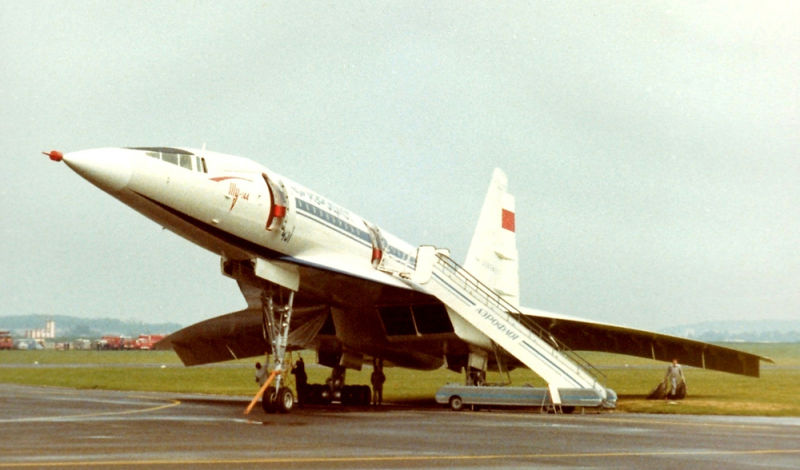
June 3, 1973 – The first production Tupolev Tu-144 supersonic airliner crashes at the Paris Air Show. The Cold War, which lasted from 1947 to 1991, never became a direct shooting war between the Soviet Union and the West, but the two sides nevertheless waged a continuing battle between the two ideologies in sports, technology, aviation, and space travel. There was significant prestige to be garnered by having more Olympic gold medals, being the orbit the Earth or to step on the Moon, or the first to offer commercial supersonic air travel. Both the Soviets and Europeans had begun work on a supersonic transport (SST), and Russian the Tupolev Tu-144 managed to beat the Anglo-French Concorde into the sky by about three months when it took its maiden flight on December 31, 1968. While the Tu-144 bore a significant resemblance to its Anglo-French competitor, it was different in a number of ways, most notably the use of forward canards behind the cockpit to increase lift at lower speeds. Though it was the first SST to fly, the Tu-144 didn’t enter service until 1977, almost two years behind Concorde.
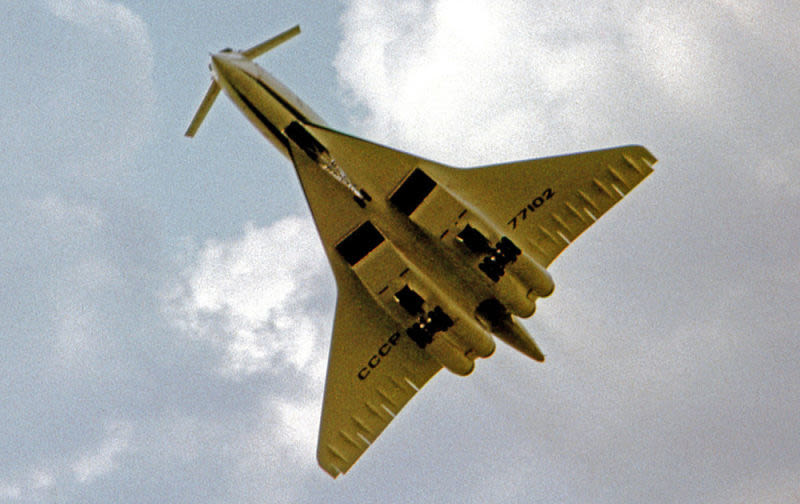
But at the time of the Paris Air Show in 1973, the Russians had a lot to prove about their new SST, and wanted to their technological prowess to the world. The Paris Air Show is one of the largest events of its kind in the world, where millions of dollars can be made in sales of civilian and military aircraft. It was paramount for Tupolev, and the Russian government, to put on a good show. After all, they had already won the race to be the first into the air, and both competing SSTs were being displayed and demonstrated at Paris. On the final day of the show, Concorde flew first. Observers said that the demonstration was not terribly exciting, and perhaps the Russians saw their opportunity to one-up the British and French. Before taking off, Soviet pilot Mikhail Kozlov reportedly said, “Just wait until you see us fly....Then you’ll see something.” After taking off, Kozlev, along with co-pilot Valery Molchanov and four others, appeared to be making a landing approach to Le Bourget Airport, with landing gear down and canards extended. Suddenly, Kozlev moved the engines to full throttle and climbed rapidly, and the Tu-144 appeared to stall. As the aircraft pitched over, Kozlev tried to regain control, but the Tu-144 broke up and hit the ground, killing all on board plus eight people on the ground.
The cause of the crash remains hotly debated to this day. One theory is that the crew of a French Dassault Mirage fighter, hoping to photograph the Tu-144 and its innovative canards, got too close and required Kozlev to take evasive action which caused him to lose control of the airliner. A second theory is that Tupolev officials enabled experimental controls to increase the SST’s maneuverability, possibly without telling the flight crew. A third theory is that Kozlev, hoping to outperform the Concorde, simply flew beyond the limits of the aircraft as he tried to show up his rivals. Despite the crash, and continuing problems with manufacturing and operation, the Tu-144 continued flying, though unreliability and economic factors ultimately lead to the project’s cancellation in 1983.
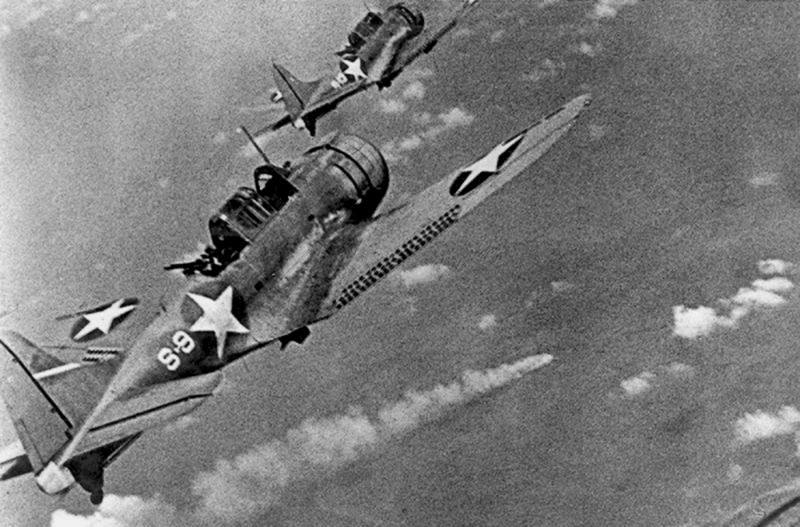
June 4, 1942 – The Battle of Midway begins. Though World War II didn’t officially come to the Pacific until the Japanese attack on Pearl Harbor on December 7, 1941, Japan had already seized portions China ten years earlier, and, by 1937, it had begun a full-scale invasion of the country in what is known as the Second Sino-Japanese War. Despite the capture of large swaths of Chinese territory, Japan still needed natural resources to continue their conquests. So they turned south, invading French and Dutch colonies in Southeast Asia in hopes of forming what they euphemistically called the Greater East Asia Co-Prosperity Sphere. At the beginning of their advance southward, the Japanese were almost unstoppable. Facing spirited yet futile resistance, they captured Thailand, Hong Kong, Malaya, Singapore and the Dutch East Indies, along with numerous islands that they garrisoned with troops and aircraft.
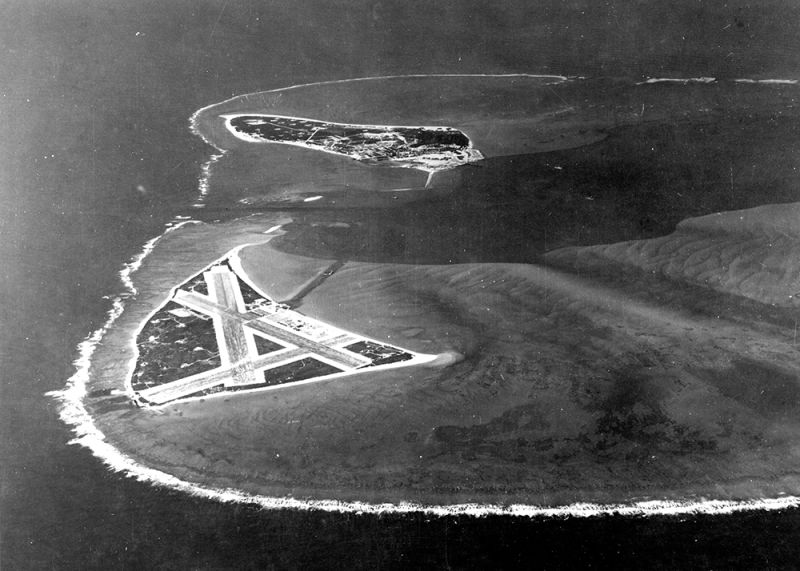
But with America’s entry into the war, Admiral Isoroku Yamamoto, the Commander in Chief of the Imperial Japanese Navy, knew that it was only a matter of time before their advances would be halted. Speaking to Japanese cabinet minister Shigeharu Matsumoto and prime minister Fumimaro Konoe, Yamamoto famously said, “In the first six to twelve months of a war with the United States and Great Britain I will run wild and win victory upon victory. But then, if the war continues after that, I have no expectation of success.” The American Pacific Fleet, though bloodied at Pearl Harbor, was not destroyed as the Japanese had hoped. Many ships had been sunk or damaged, but not the all-important aircraft carriers, which were out to sea on that fateful morning. Six months later, on May 7, 1942, the US and Japan fought the Battle of the Coral Sea, an ultimately indecisive battle that nonetheless set the stage for the pivotal Battle of Midway a month later, a battle which, like the Coral Sea, would be fought entirely between aircraft of the opposing fleets. No large battleships or cruisers would ever bring a gun to bear on their opponent.
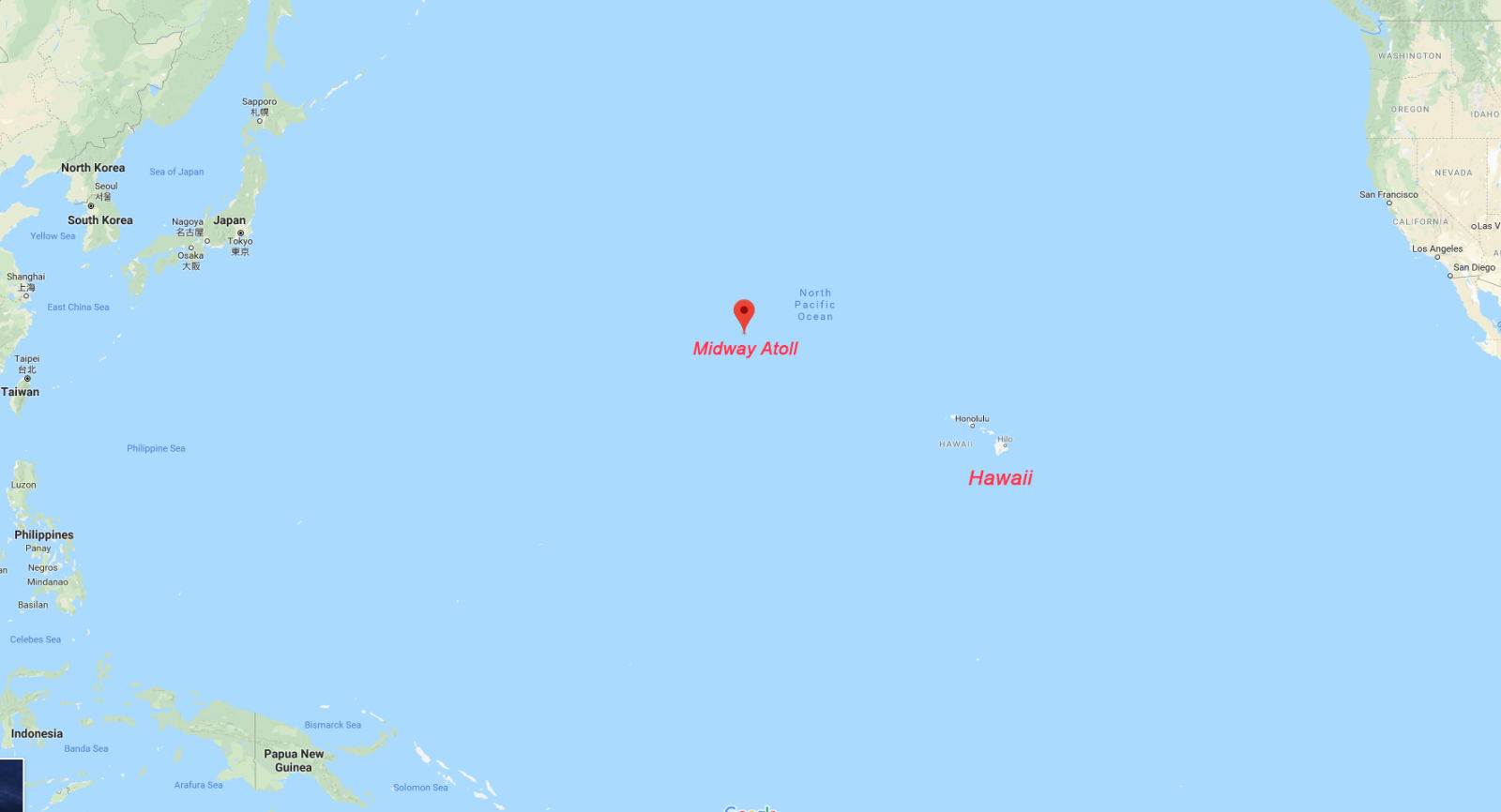
The island of Midway, so named because of its location halfway between California and Asia, was not particularly important to the Japanese. For the Americans, however, it was an important strategic point in the Pacific, and home to an airfield and a submarine base. The Japanese, with their superior number of ships and carriers, hoped to draw out the entire American fleet so it, or at least its carriers, could be destroyed. However, the Japanese mistakenly believed that they had sunk two American carriers, USS Lexington (CV-2) and USS Yorktown (CV-5) in the Coral Sea. But only Lexington had been lost, and Yorktown survived to join the USS Hornet (CV-8) and USS Enterprise (CV-6).

The battle began on June 4 with a combined naval and army invasion of Japanese the Aleutian Islands, a string of Alaskan islands that thrust westward into the northern Pacific Ocean. Though the Japanese had planned to build an airbase from which to attack the US mainland, the Americans, who had intercepted and decoded Japanese transmissions, knew that the brunt of the attack was aimed at Midway. The Japanese opened the main battle by bombing the island of Midway, but even though the Americans were badly mauled, the defenders held, and the Japanese had to rearm their planes for a second land attack. While the rearming was underway, the Japanese learned of the presence of the American fleet northeast of Midway and turned to meet it, and the American’s first aerial attack to missed its target. Obsolete American Douglas TBD Devastator torpedo bombers dispatched from Hornet located the Japanese fleet, but without fighter cover the attackers were completely destroyed without scoring any hits, and B-17 Flying Fortress bombers sent from Midway also failed to hit any Japanese ships.
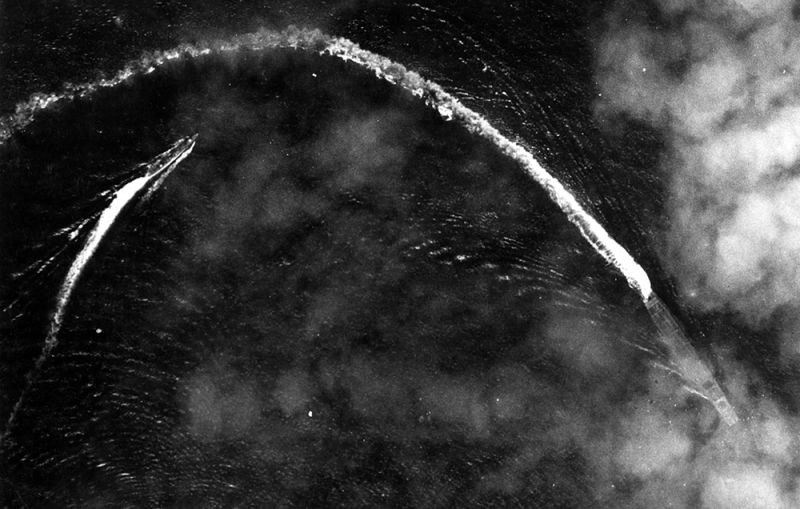
The unsuccessful attack alerted the Japanese to the presence of the American fleet, and they struggled to switch their armament from land bombs to armor-piercing anti-ship bombs. While the decks of the Japanese carriers were covered with planes, fuel and ordnance, Douglas DBD Dauntless dive bombers and Grumman F4F Wildcat fighters from all three US carriers arrived. In a matter of minutes, the carriers Kaga, Akagi, and Sōryū, all three of which had taken part in the Pearl Harbor attack, were sent to the bottom of the ocean. Japanese planes from Hiryū counterattacked and struck Yorktown with three bombs, severely damaging the carrier. Yorktown was later sunk by a Japanese submarine while salvage efforts were underway. American planes then attacked Hiryū, which was heavily damaged and scuttled the next day.
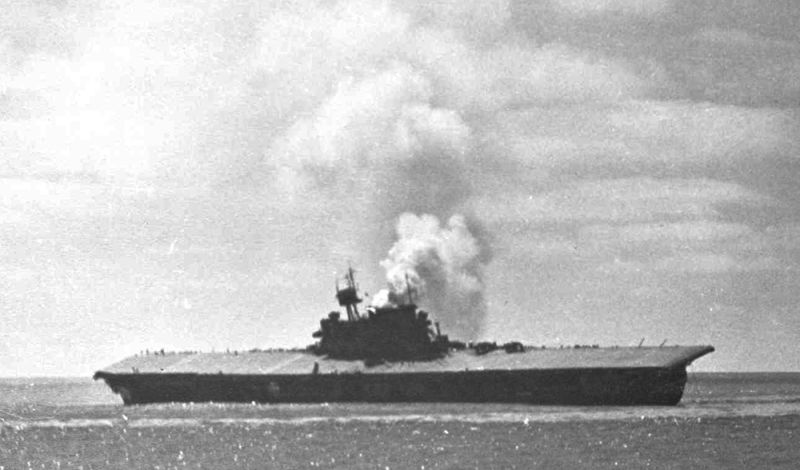
In the course of roughly 24 hours, the Japanese had lost four heavy carriers against the loss of just one American carrier, and the tide of the Pacific War was irrevocably changed. The initiative passed to America and her Allies for the rest of the war. Coming just six months after Pearl Harbor, the Battle of Midway proved Yamamoto’s words to be eerily prophetic. Though the war would continue to drag on for three more bloody years, there was no longer any serious hope of a Japanese victory in the Pacific.
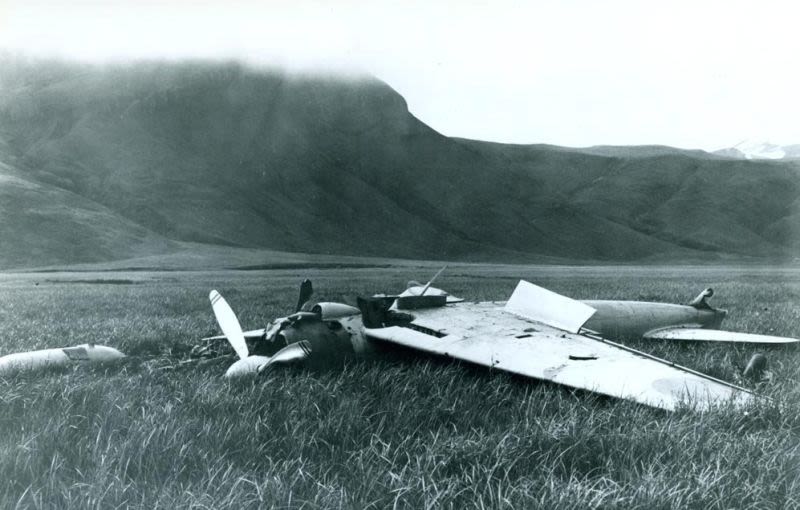
June 4, 1942 – The crash of the Akutan Zero. In the early days of WWII, the Japanese Mitsubishi A6M Type 0 fighter ruled the skies over the Pacific. Faster and more agile than anything the Allies could put in the sky, Zero pilots enjoyed a 12-1 kill ratio over Allied aircraft. To illustrated that dominance, in one battle in April of 1942, 36 Zeros attacked the British naval base at Columbo, Ceylon (modern day Sri Lanka). Roughly 60 RAF aircraft rose to meet them, a mix of different types, some obsolete. After the battle, almost half of the RAF planes were shot down: 15 Hawker Hurricanes, 8 Fairey Swordfish, and 4 Fairey Fulmars. The Japanese lost just one Zero. When the Americans entered the war following the Japanese attack on Pearl Harbor, they fared little better. Though tactics were developed that would help level the playing field against the Japanese fighter, the Allies still had no fighter that could go toe-to-toe with the nimble Zero. They sorely needed to get their hands on one of the elusive fighters in the hopes of divining its secrets and finding a weakness they could exploit.
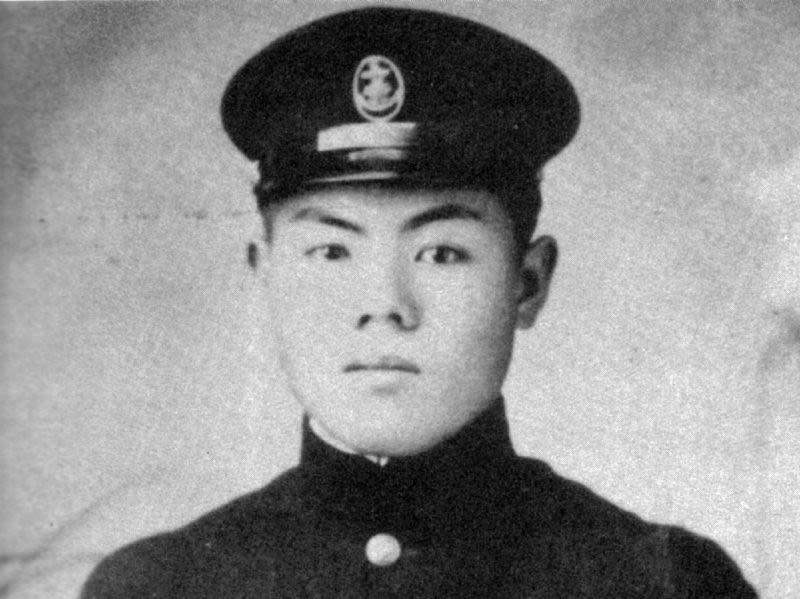
As a prelude to the Battle of Midway in early June of 1942, the Japanese army occupied the islands of Attu and Kiska in the Aleutians. They planned to set up an airfield for attacks against the American mainland, and also hoped to divert resources away from their invasion of Midway Island. On June 4, 1942, before invading troops came ashore in the Aleutians, a group of Japanese planes took off from the carrier Ryūjō to bomb American positions at Dutch Harbor. After the attack, Flight Petty Officer Tadayoshi Koga, flying an A6M2 Zero, discovered that he had been hit by ground fire and was losing fuel. He knew he would not be able to return to the Ryūjō. Hoping to ditch his plane on what looked like firm ground, Koga instead came down on the soft Alaska tundra of Akutan Island and his fighter immediately flipped over. Standard Japanese procedure called for the other aircraft in his group to destroy the grounded plane, but Koga’s wingmen couldn’t bring themselves to strafe the Zero on the chance that Koga had survived the crash. Short on fuel themselves, they returned to the carrier and left Koga and his Zero behind. Five weeks later, the overturned, mostly intact Zero was spotted by a Navy reconnaissance plane and a salvage operation was undertaken. US Navy personnel made their way to the plane and found the lifeless Koga still hanging upside down in the cockpit. They buried his body, and the plane was shipped intact to San Diego (the construction of the Zero prohibited the removal of the wings), where it was repaired.
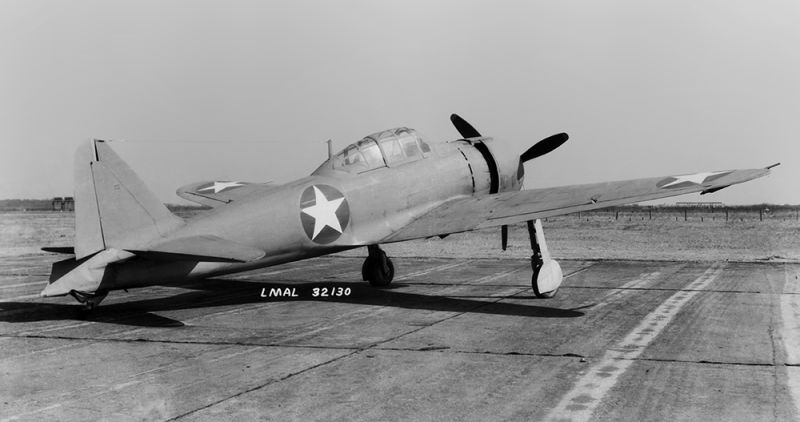
Flight testing began immediately, and soon exposed weaknesses that could be exploited by US pilots, such as a lack of maneuverability at high speeds, a preference to roll left rather than right, and a propensity for stalling under negative-G maneuvers. Allied pilots learned to dive quickly to take advantage of the Zero’s tendency to stall, then gain separation while the Japanese pilot was restarting his engine. Then, a quick roll to the right put the Zero in the American’s sights. Testing with the captured Zero continued, but the aircraft was destroyed during a taxiing accident when it was rammed by a Curtiss SB2C Helldiver which sliced the fragile fighter into bits with its propeller. Despite the destruction of the Akutan Zero, the Allies had gained critical knowledge of the mythical Zero, and, combined with newer, more powerful US fighters that soon arrived the Pacific, the heyday of the Zero came to an end. Though the Zero was destroyed, several gauges were salvaged and donated to the National Museum of the US Navy, and other small pieces reside in the Alaska Heritage Museum and the Smithsonian Air and Space Museum.
Short Takeoff
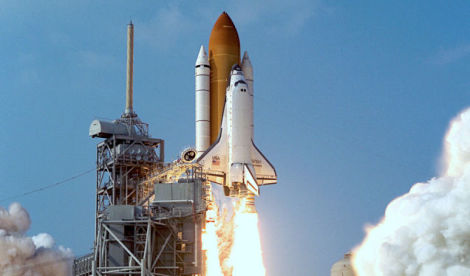
June 2, 1998 – The launch of Space Shuttle Discovery on the final Shuttle mission to the Russian Mir space station. Begun in 1994, the Shuttle-Mir Program was a joint effort between NASA and the Russian Federal Space Agency (Roscosmos) in which Russian cosmonauts and American astronauts shared space on each others spacecraft to fly to and return from the Russian space station Mir. The goal of the program was to help the Americans gain experience on long-duration spaceflights in preparation for the transition to the International Space Station (ISS). A total of 11 Space Shuttle missions were flown to Mir and, with the transfer of astronaut Andy Thomas to Discovery, it marked a total of 907 days in space logged by 7 different astronauts. Discovery returned to Kennedy Space Center in Florida on June 12.
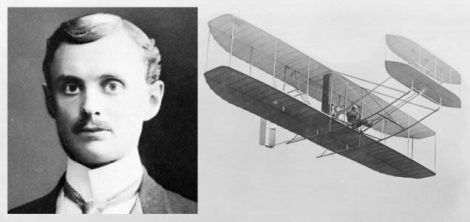
June 2, 1910 – Charles Rolls becomes the first man to make a non-stop, double crossing of the English Channel. Charles Rolls is best known to aviation and automotive history as one half of the famed Rolls-Royce engine manufacturing company, which he formed with Henry Royce in 1906. But Rolls was also a pioneering aviator, first in ballooning then in airplanes, when he purchased of a Wright Flyer Model A in 1909. Though he was not the first to cross the English Channel, Rolls was the first to make the trip across and then immediately back again. The return flight also marked the first eastward crossing of the Channel. Rolls was awarded the Gold Medal of the Royal Aero Club for the flight, but Rolls would also achieve another, more infamous first, when he became the first Briton to die in an airplane accident when he crashed his Wright Flyer in 1910.
June 3, 1975 – The first flight of the Mitsubishi F-1, the first supersonic military jet developed and produced by Japan following WWII. Developed from the Mitsubishi T-2 trainer, the F-1 was a joint project of Mitsubishi Heavy Industries and Fuji Heavy Industries after the Japanese government decided to build their own aircraft rather than procure aircraft from other countries. The F-1's primary mission is maritime surface attack, but it can also serve in the ground attack role and has limited air-to-air capabilities. The F-1 was flown exclusively by the Japan Air Self-Defense Force, and was retired after completion of 77 aircraft. It was replaced by the Mitsubishi F-2, a development of the General Dynamics F-16C/D Fighting Falcon.
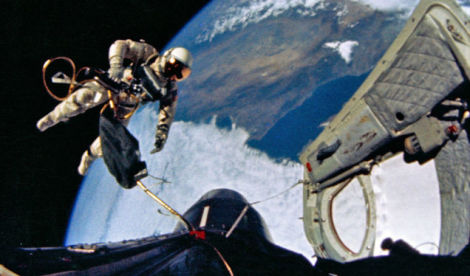
June 3, 1965 – The launch of Gemini 4, the second manned flight of Project Gemini and the eighth flight of the American manned space program. Gemini 4 was flown by astronauts James McDivitt and Edward White, and the pair completed 66 orbits of the Earth over four days. During the flight, White carried out America’s first extravehicular activity (EVA, more commonly called a space walk), when he spent 20 minutes floating in space while tethered to the Gemini capsule. The crew also unsuccessfully attempted to rendezvous with an orbiting Titan II upper stage, and carried out navigational tests with a sextant to explore the use of celestial navigation for future space flights. McDivitt and White returned to Earth on June 7.
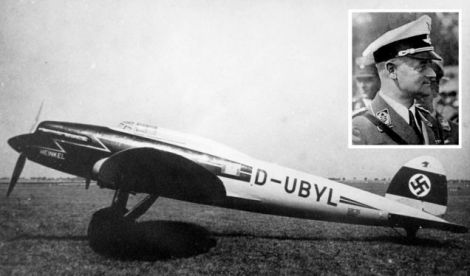
June 3, 1936 – The death of Walther Wever. As Germany worked to rebuild its military forces after the severe restrictions of the Treaty of Versailles that brought an end to WWI, Wever became the Commander of the Reichsluftfahrtministerium (Ministry of Aviation) in 1933 with the ascendancy of Adolf Hitler. Wever was a proponent of heavy strategic bombing in the spirit of Italian general and theorist Giulio Douhet, though Wever was not a proponent of bombing civilian centers. While flying from Dresden to Berlin, Wever took off in a Heinkel He 70, but the aileron gust locks had not been removed preflight, and the aircraft crashed, killing Wever and his flight engineer. With Wever’s death, predominant theory in the Luftwaffe shifted from heavy bombers to an emphasis on dive bombers and close air support for ground troops, and Germany never developed large fleets of heavy bombers in the way that the Allies did.
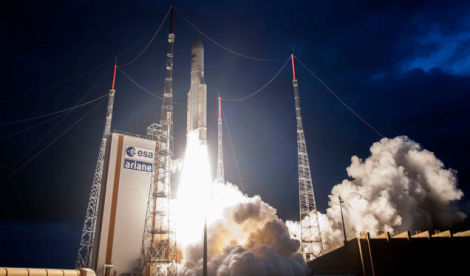
June 4, 1996 – The first launch of the Ariane 5, a heavy-lift launch vehicle that, depending on variant, can lift payloads of up to 44,000 lbs into low Earth orbit or up to 23,100 pounds into geostationary transfer orbit. The Ariane 5 was originally designed to carry the proposed Hermes spaceplane into orbit, but that project was canceled in 1992. Ariane 5's first launch failed, and the rocket self-destructed after just 37 seconds due to a software problem. The second launch on October 30, 1997 was a partial failure, when a malfunctioning nozzle caused the shutdown of the main engine. The first successful flight took place on October 21, 1998, and the first successful commercial launch followed in December 1999. Since then, Ariane 5 has completed a total of 88 successful launches, with the most recent taking place on May 4, 2017.
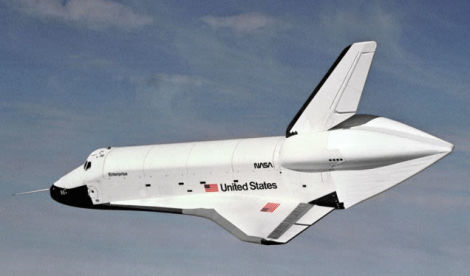
June 4, 1974 – Construction begins on Orbital Vehicle 101, the first Space Shuttle. OV-101, which had originally been named Constitution and was planned to be unveiled on Constitution Day (September 17, 1976), was instead named Enterprise in honor of the Star Trek television series after a huge write-in campaign. Enterprise was built without engines or a heat shield, and was initially used for approach and landing tests (ALT) after being released from the Shuttle Carrier Aircraft (SCA). It was also used for Mated Vertical Ground Vibration Tests. NASA had planned to convert Enterprise for space flight, but significant redesigns of the Shuttle since Enterprise’s rollout made that plan too expensive, and another test vehicle still under construction later became the Shuttle Challenger (OV-099). Enterprise was restored and is now on display at the Intrepid Sea, Air & Space Museum in New York City.
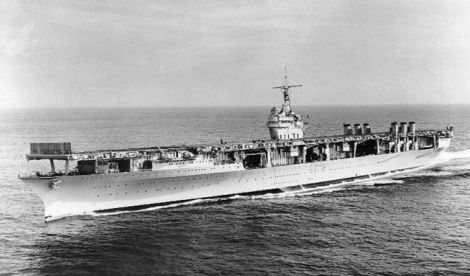
June 4, 1934 – The US Navy commissions the USS Ranger (CV-4), its first purpose-built aircraft carrier. America’s first aircraft carrier, USS Langley (CV-1) was converted from the USS Jupiter (AC-3), which was originally laid down as a collier. Ranger was the first ship to be designed from the keel up as an aircraft carrier, and was originally designed without an island superstructure, though one was added later. Ranger was too slow to see combat in the Pacific, and served instead in the Atlantic, where it took part in the invasion of French North Africa (Operation Torch), and later in Operation Leader, where she carried out attacks on German shipping off the coast of Norway. Ranger was decommissioned on October 18, 1946 and sold for scrap in 1947.
June 5, 1989 – The Antonov An-225 Mriya sets a world record for the greatest maximum takeoff weight ever flown. The An-225 was originally designed to transport the Russian space shuttle Buran, though with the end of the Buran program following the dissolution of the Soviet Union in 1991, Mriya was converted to a super heavy-lift strategic airlifter. As part of a demonstration for the 1989 Paris Air Show, Mriya flew from Kiev to Paris-Le Bourget airport carrying Buran on its back with a combined weight of 1,234,600 pounds, a record that still stands.
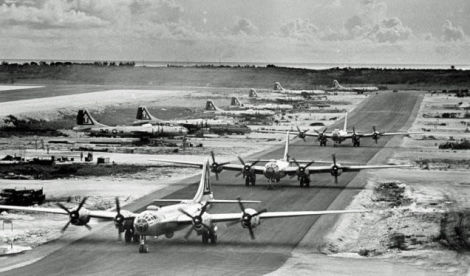
June 5, 1944 – The first combat mission of the Boeing B-29 Superfortress. Deployed to bases in southern China and India in April 1944, the B-29 flew its first combat mission against Japanese targets in Thailand. Of the 77 bombers launched on that first raid, five were lost, though none to enemy fire. Then, on June 15, 68 Superfortresses attacked Yahata, Japan in the first attack on the Japanese homeland since the Doolittle Raid of 1942. Operations from China and India proved difficult, so the decision was made to capture the Mariana Islands for the construction of airstrips that were close enough to attack the island of Japan. Superfortresses carried out bombing raids, fire bombing raids, and mine laying missions from these forward bases, culminating in the dropping of the atomic bomb on Hiroshima and Nagasaki in August 1945. Later, the Surperfortress saw action in Korea, and the airframe was modified into reconnaissance and aerial refueling tankers before finally being retired in 1960.
Connecting Flights
If you enjoy these Aviation History posts, please let me know in the comments. And if you missed any of the past articles, you can find them all at Planelopnik History. You can also find more stories about aviation, aviators and airplane oddities at Wingspan.
